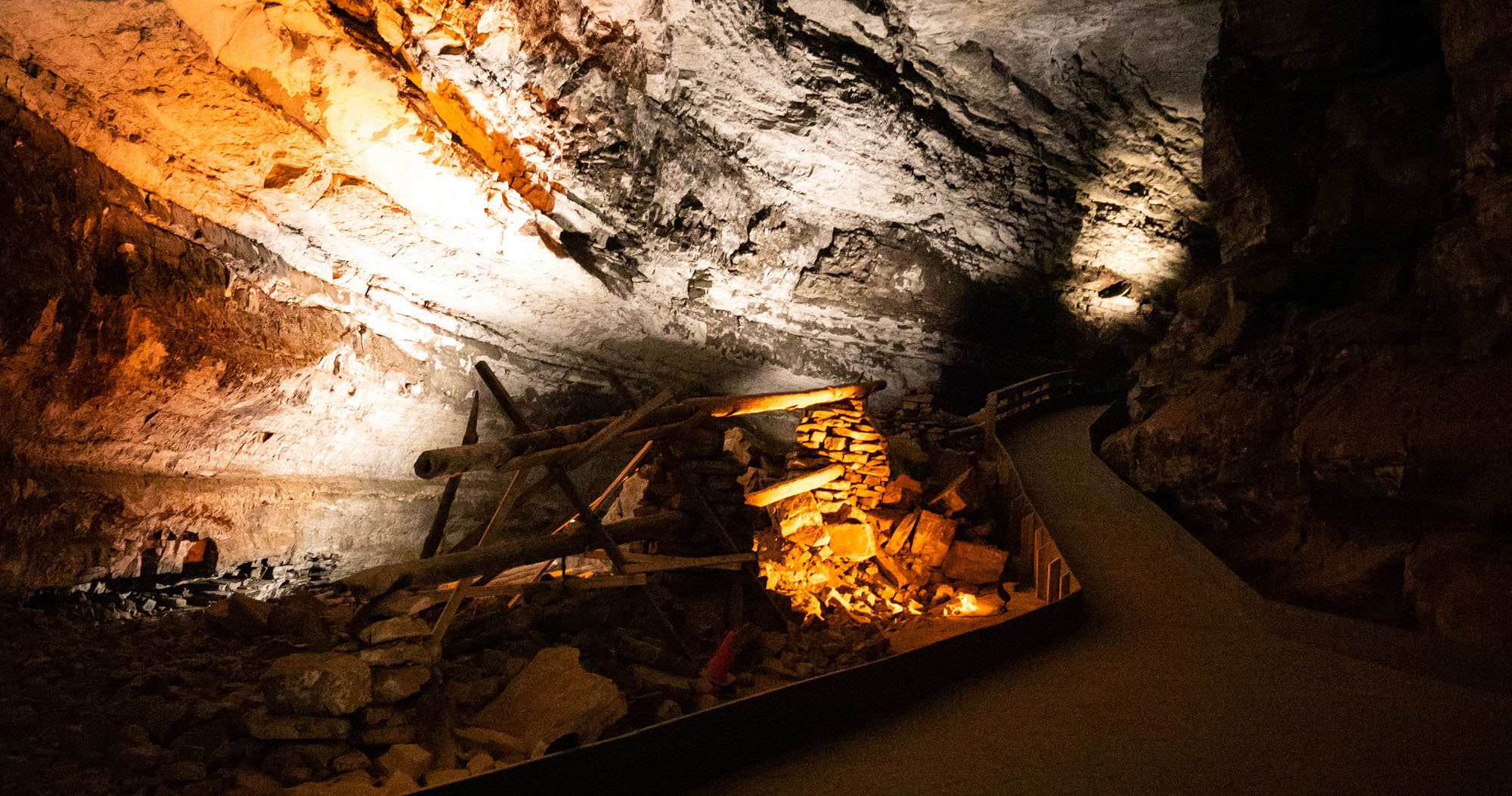

Soon enough, rivals turned their attention to finding a “back door” to Mammoth Cave. Plan an epic road trip to Tennessee’s coolest caverns. They crowded roadways with giant signs and booths where solicitors-known as “cave cappers” because of their hats-redirected tourists from the world-famous Mammoth Cave to their own lesser known grottos. Landowners stood to make more money off tourists than farming. Open Parks Network/National Park Serviceīy the early 1900s, more than 20 additional caves had been opened to the public. Other locals advertised their own caves, eager to cash in on the fame-and wealth-enjoyed by the owners of Mammoth Cave. Although he chose to stay and work as a paid guide, Bishop once called the cave system he loved “a grand, gloomy, and peculiar place.” One visitor said Bishop was “almost as widely known as the cave itself.” Like a bygone era’s Indiana Jones, Bishop discovered new subterranean portals-including Mammoth Dome and the Ruins of Karnak-by crossing obstacles like the Bottomless Pit.īishop was enslaved all the while, only gaining his freedom just prior to the Civil War. The legendary Stephen Bishop arrived at Mammoth Cave as a teenager in 1838 and quickly became one of the park’s most popular geologists and guides. Many discoveries were shaped by Black explorers some were enslaved in the saltpeter mines to produce black gunpowder, and others as maids and cooks in nearby hotels. Settlers began to explore the caves in the late 18th century.

These cave discoveries suggest people may have lived in America twice as long as we thought. They told their own stories in petroglyphs, pictographs, and burials, leaving behind mummified remains. The ancestors of seven tribes associated with historic use of the parklands-including the Cherokee Nation and Shawnee Tribe-once used the cave system to mine minerals like gypsum with mussel shell scrapers harvested from the Green River. Much has changed since humans first discovered Mammoth Cave more than 4,000 years ago. All the while, interpreters stand ready to tell stories of the cave’s long, colorful history. On this year’s only available tour ( reservations recommended), guests wander two miles of trail in the cool, shadowed cave, where natural air conditioning issues a steady breeze and temperatures hover around 54 degrees.
#The cave state how to#
Learn more about how to visit Mammoth Cave National Park. Photographs by Mandeville Thum, New York Public Library The federal government refused to hire Black guides when the area became a national park in 1941. Molly Schroer, spokesperson for Mammoth Cave, says one of the main draws for visitors is the diversity of park experiences: 100-plus miles of aboveground trails and riverways for hiking, biking, horseback riding, and paddling, as well as 400-plus miles of limestone labyrinths underground.īlack guides were instrumental in the early mapping of the cave-first working as enslaved people, later alongside whites as paid guides. (As current federal mandates require, all visitors and employees are masked within federal buildings and the cave system.)īut this year, the continued search for outdoor activities may bring greater popularity to Mammoth Cave National Park-at least according to AirBnB, which listed the area in its top 10 trending destinations in March. The park limited its typical roster of almost 20 cave tours to a single self-guided tour, and provided timed tickets to groups of no more than 32 people. Coronavirus precautions were partly responsible. In 2019, more than half a million tourists descended on the 53,000-acre park, but that number fell by half in 2020 to just 290,000. Like many places, Mammoth Cave-Kentucky’s only national park and the world’s longest cave system-saw its visitation hit hard by the COVID-19 pandemic.


 0 kommentar(er)
0 kommentar(er)
